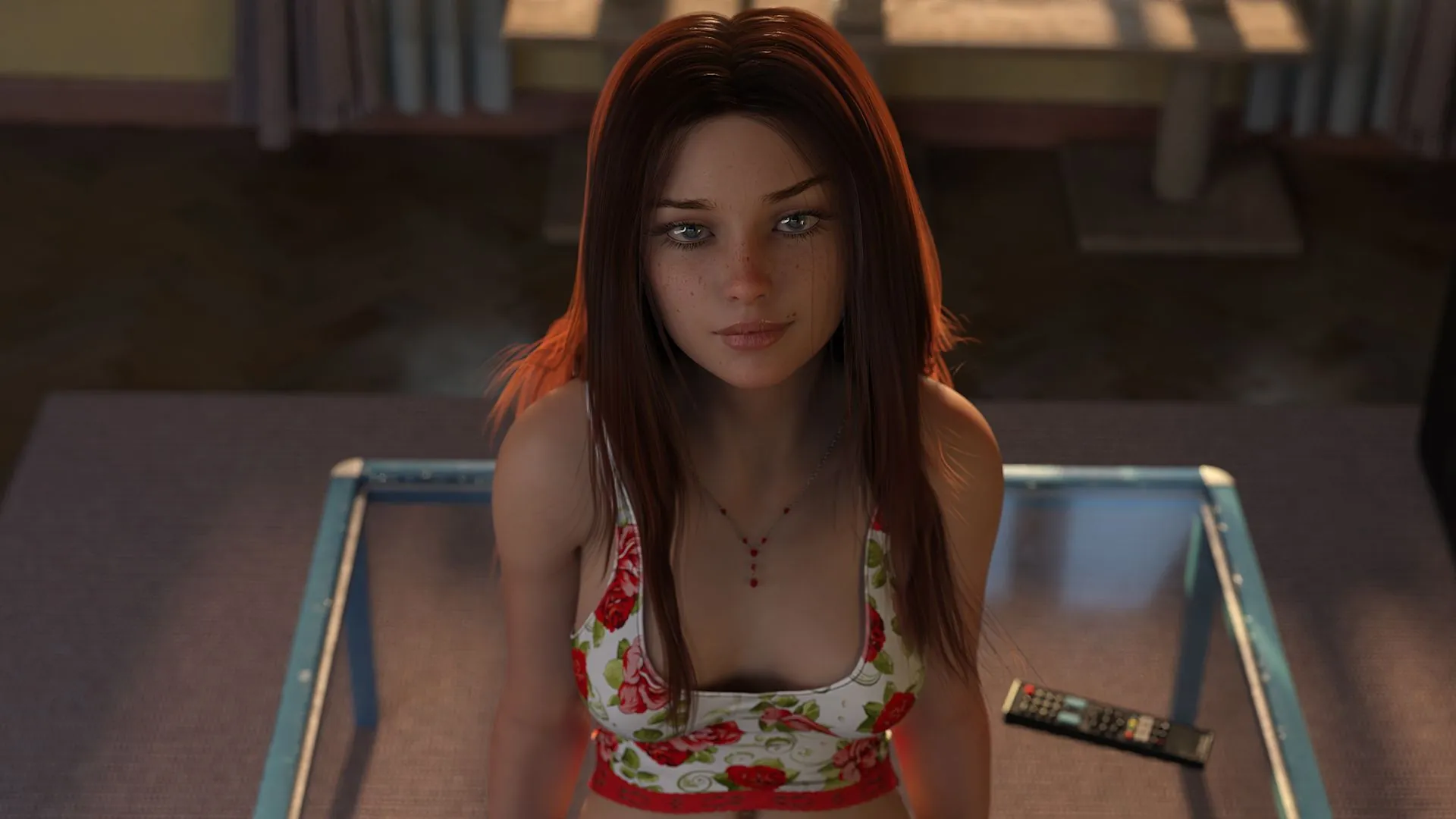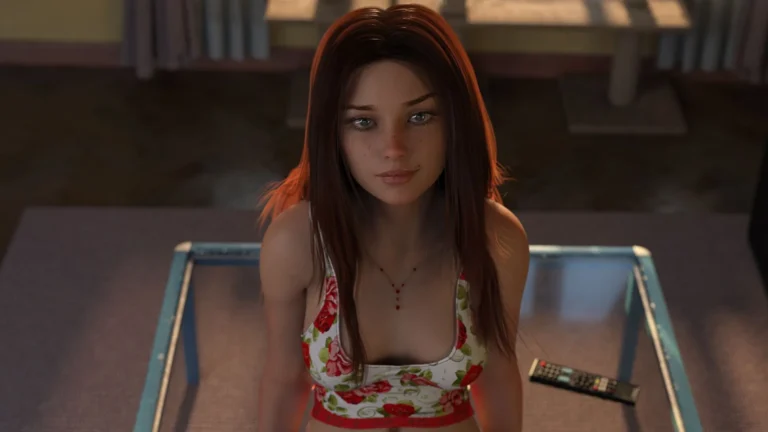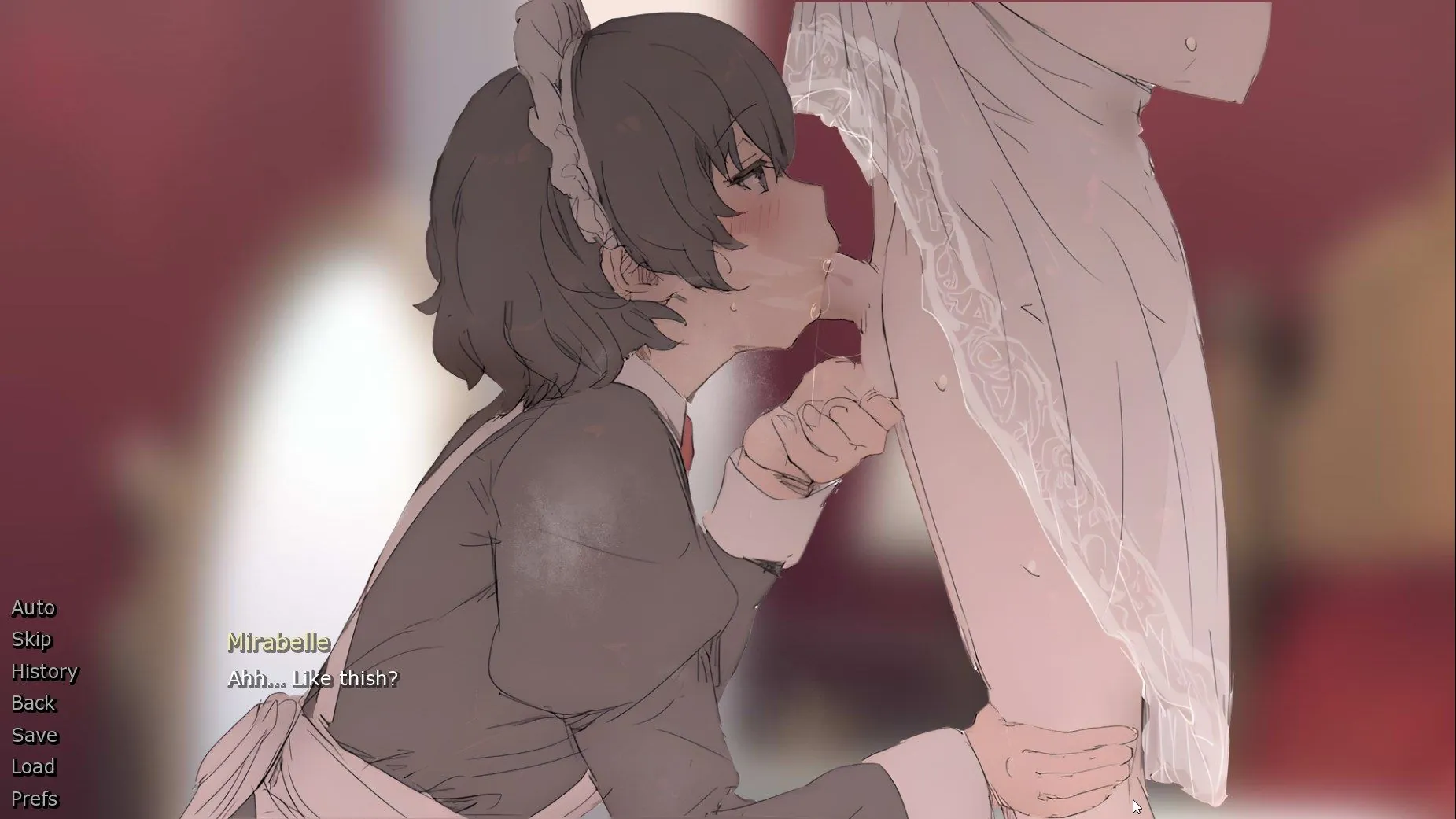
Summer’s Gone
Play Summer’s Gone
Summer’s Gone review
Exploring the Story, Gameplay, and Emotional Impact of Summer’s Gone
Summer’s Gone is a captivating interactive visual novel that combines storytelling with emotional depth. This game invites players to experience a journey of healing, hope, and love through meaningful choices and character interactions. Whether you’re new to visual novels or a seasoned player, Summer’s Gone offers a unique blend of narrative and gameplay that resonates deeply. In this article, we’ll explore what makes Summer’s Gone stand out, from its story and characters to gameplay features and player insights.
Unpacking the Story and Themes of Summer’s Gone
If you’re anything like me, you’ve probably downloaded a visual novel expecting a lighthearted romance, only to find yourself completely blindsided by a story that hits you right in the feels. 😮 That was my exact experience with Summer’s Gone. I went in looking for a simple love story and instead found a profound exploration of a soul in pieces. The Summer’s Gone story isn’t just a sequence of events; it’s an immersive plunge into the mind of someone learning how to live again.
This chapter is our deep dive. We’re going to unpack the narrative that has captivated so many players, examining the heavy themes and the delicate character arcs that make this interactive visual novel story so unforgettable. Get ready to talk about pain, growth, and the slow, beautiful journey back to the light. ✨
What is Summer’s Gone About?
At its core, the Summer’s Gone story begins with a profound absence. You step into the shoes of a young man who is, for all intents and purposes, an empty shell. A traumatic event has shattered his world, leaving him emotionally numb, socially withdrawn, and haunted by a past he can’t—or won’t—confront. The “summer” of his life, a metaphor for joy, warmth, and connection, has truly gone.
The brilliance of this interactive visual novel story is that it doesn’t rush the healing process. The game forces you to sit with this discomfort. Early on, you’ll navigate social interactions that feel awkward and strained. You’ll make choices that reflect his defensive, sometimes cynical, outlook on life. I remember a specific early choice where I had to decide whether to engage in a simple conversation or shut it down. My instinct was to be polite, but the protagonist’s emotional state made the “withdraw” option feel like the only authentic choice. It was a powerful moment that cemented my connection to his struggle.
The game masterfully uses its interactive nature to make you an active participant in the protagonist’s isolation and, eventually, his slow thaw.
The plot unfolds as new people enter his life, each one a potential key to unlocking the prison he’s built around himself. Whether it’s a chance encounter, a forced group project, or a persistent friend, these relationships become the catalysts for change. The Summer’s Gone protagonist journey is not about finding a quick fix; it’s about the agonizingly slow process of gathering the scattered pieces of oneself and trying to fit them back together, often into a new and different shape.
Key Themes: Healing, Hope, and Love
The Summer’s Gone themes are what elevate it from a simple story to an emotional experience. They are woven into every line of dialogue, every character glance, and every meaningful choice you make.
Healing is Not Linear 🩹
This is perhaps the most significant theme. The game rejects the idea of a montage-style recovery. The protagonist will have good days and bad days. He’ll take one step forward and two steps back. This realistic portrayal is what makes the theme of healing and hope in games so potent here. It shows that recovery is messy, non-linear, and deeply personal. You don’t just “get over” profound trauma; you learn to carry it differently.
The Flicker of Hope 💡
Even in the protagonist’s darkest moments, the game offers glimmers of hope. It might be a shared laugh, a moment of unexpected understanding, or simply the beauty of a sunset. These small moments are crucial. They remind both the player and the protagonist that light still exists, even if it feels distant. This careful balance between despair and hope is a hallmark of a powerful emotional narrative visual novel.
Love in Many Forms ❤️
While romantic love is a possible path, the game beautifully explores love in its broader sense. Platonic love, the love of a friend who refuses to give up on you, and the journey toward self-love are all central to the narrative. Learning to accept care from others and, eventually, to care for oneself, is a monumental part of the Summer’s Gone protagonist journey. The game argues that love, in all its forms, is a fundamental force for healing.
Character Development and Emotional Depth
The Summer’s Gone story would be nothing without its incredible cast. The character development is the engine that drives the entire emotional narrative visual novel forward. You don’t just watch these characters change; your choices directly influence their paths and your relationships with them.
The protagonist’s growth is the central pillar. His journey from a closed-off, traumatized individual to someone capable of forming connections is a masterclass in character development in Summer’s Gone. You feel the weight of every small breakthrough, whether it’s him initiating a conversation or showing a flicker of genuine emotion.
But the characters around him are equally complex and well-realized. They have their own baggage, dreams, and flaws. They aren’t just tools for the protagonist’s growth; they are fully realized people on their own journeys. Your interactions with them feel authentic, and the bonds you form (or break) carry significant emotional weight. The depth of this character development in Summer’s Gone ensures that you become deeply invested in their fates.
To help keep track of the central figures in this intricate web of relationships, here is a summary of the main characters and their roles:
| Character | Role in the Story | Contribution to the Protagonist’s Journey |
|---|---|---|
| The Protagonist (You) | A traumatized individual rebuilding his identity. | His growth is the central focus, shaped by player choices and interactions. |
| Bella | A central love interest with a strong, independent personality. | Challenges his defenses and pushes him out of his comfort zone. |
| Sasha | A gentle and kind-hearted love interest. | Offers a safe harbor and teaches him about patience and softness. |
| Nami | A childhood friend with a deep, complex connection to him. | Represents a link to his past and offers unconditional, familiar support. |
| Venessa | A college professor and therapist. | Provides professional guidance and a space for him to verbally process his trauma. |
Engaging with these characters is where the Summer’s Gone themes truly come to life. A conversation with Venessa might directly tackle the theme of healing, while a tender moment with Sasha embodies hope. A conflicted interaction with Nami might explore the complicated nature of love and history. This synergy between plot, theme, and character is what makes the Summer’s Gone protagonist journey such a resonant and memorable experience for anyone who plays it. It’s a powerful reminder of the strength found in vulnerability and the redemptive power of human connection. 🙏
Summer’s Gone offers a rich, emotionally engaging experience through its compelling story and thoughtful character development. Its focus on themes like healing and hope makes it a standout in the interactive visual novel genre. Whether you seek a narrative-driven game or a meaningful journey, Summer’s Gone delivers with depth and heart. Dive into the game to explore its world and discover your own path through its story.



















